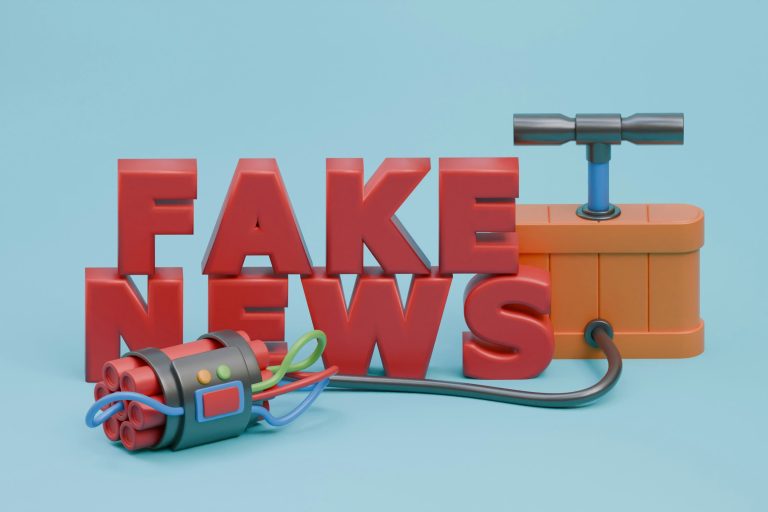Global Study Identifies Groups Most Vulnerable to Misinformation
In an era of rampant online information, a new global study involving over 66,000 participants has shed light on which demographics are most susceptible to falling prey to misinformation. The research, led by Dr. Friedrich Götz of the University of British Columbia, reveals that Generation Z, non-males, individuals with less formal education, and those leaning towards conservative political viewpoints are more likely to struggle with distinguishing between real and fake news headlines. These findings underscore the urgent need for effective strategies to combat the spread of misinformation and protect the integrity of democratic processes.
The study employed the Misinformation Susceptibility Test (MIST), a validated assessment tool that presents participants with a mix of real and fabricated news headlines. By analyzing participant responses and comparing them with their self-assessed abilities, the researchers identified crucial gaps between actual performance and perceived competence in spotting misinformation. The results revealed a concerning trend among younger digital natives, who, despite their constant exposure to online environments, underperformed in identifying fake news, contrary to the common assumption of their superior digital literacy.
Interestingly, while Generation Z accurately predicted their own shortcomings in discerning misinformation, other groups exhibited varying levels of self-awareness. Individuals with more conservative political views demonstrated a higher susceptibility to believing misinformation, with scores declining as conservatism intensified. However, they were relatively accurate in judging their own abilities, except for those with extreme viewpoints. Women, on average, were slightly more likely than men to fall for misinformation, but they also demonstrated better self-assessment of their abilities compared to their male counterparts.
Education level also played a significant role in misinformation susceptibility. Participants with university degrees or higher education outperformed those with high school diplomas or less. However, the more educated individuals tended to overestimate their capacity to identify fake news. This overconfidence can be problematic as it leads to less cautious consumption of information and a higher likelihood of accepting misinformation as truth.
The findings of this study have significant implications for policymakers and educators seeking to mitigate the harmful effects of misinformation. By identifying the groups most at risk, targeted interventions can be developed to improve media literacy and critical thinking skills. Educational programs tailored to specific demographics, such as Generation Z and those with limited formal education, can equip individuals with the necessary tools to navigate the complex online information landscape.
However, the researchers caution that addressing the misinformation crisis requires a concerted effort from governments and a commitment to prioritize this issue. Dr. Götz highlights the concern that some actors, including politicians, may deliberately weaponize misinformation for their own gain. He emphasizes the need for governments to act in good faith and utilize research findings to raise public awareness and develop effective interventions. The study’s results provide a crucial first step towards developing targeted strategies to counteract the spread of misinformation and foster a more informed and resilient citizenry. Ultimately, the success of these efforts hinges on a collective commitment to critical thinking, media literacy, and responsible information consumption.
The study’s detailed examination of misinformation susceptibility across various demographics provides invaluable insights into the complex dynamics of information consumption in the digital age. By highlighting the vulnerabilities specific groups face, it paves the way for more effective and targeted interventions. Furthermore, the research underscores the importance of continuous efforts to promote media literacy and critical thinking skills across all segments of society. Only through a combination of individual responsibility, educational initiatives, and policy interventions can we hope to mitigate the pervasive threat of misinformation and safeguard the foundations of a well-informed democracy. This study serves as a crucial call to action for all stakeholders to prioritize the fight against misinformation and empower individuals to navigate the digital landscape with discernment and resilience.


